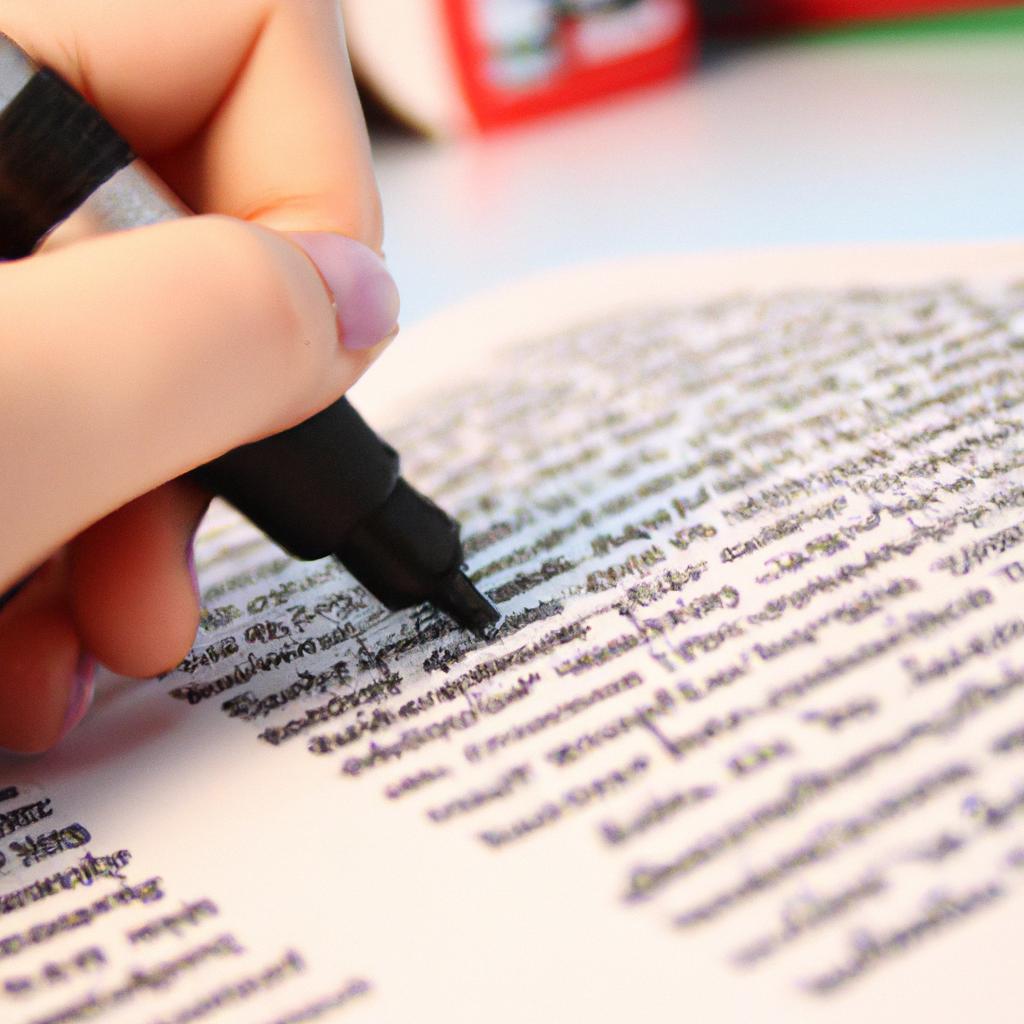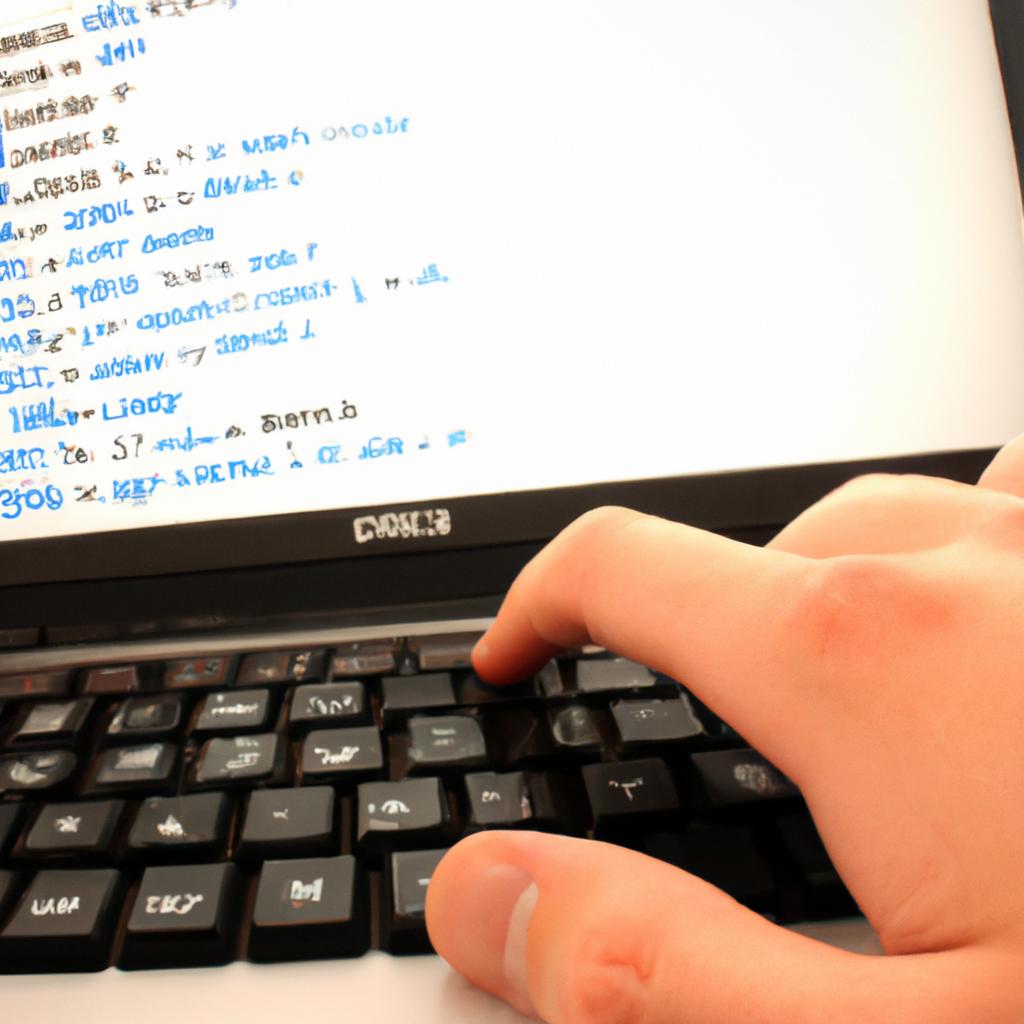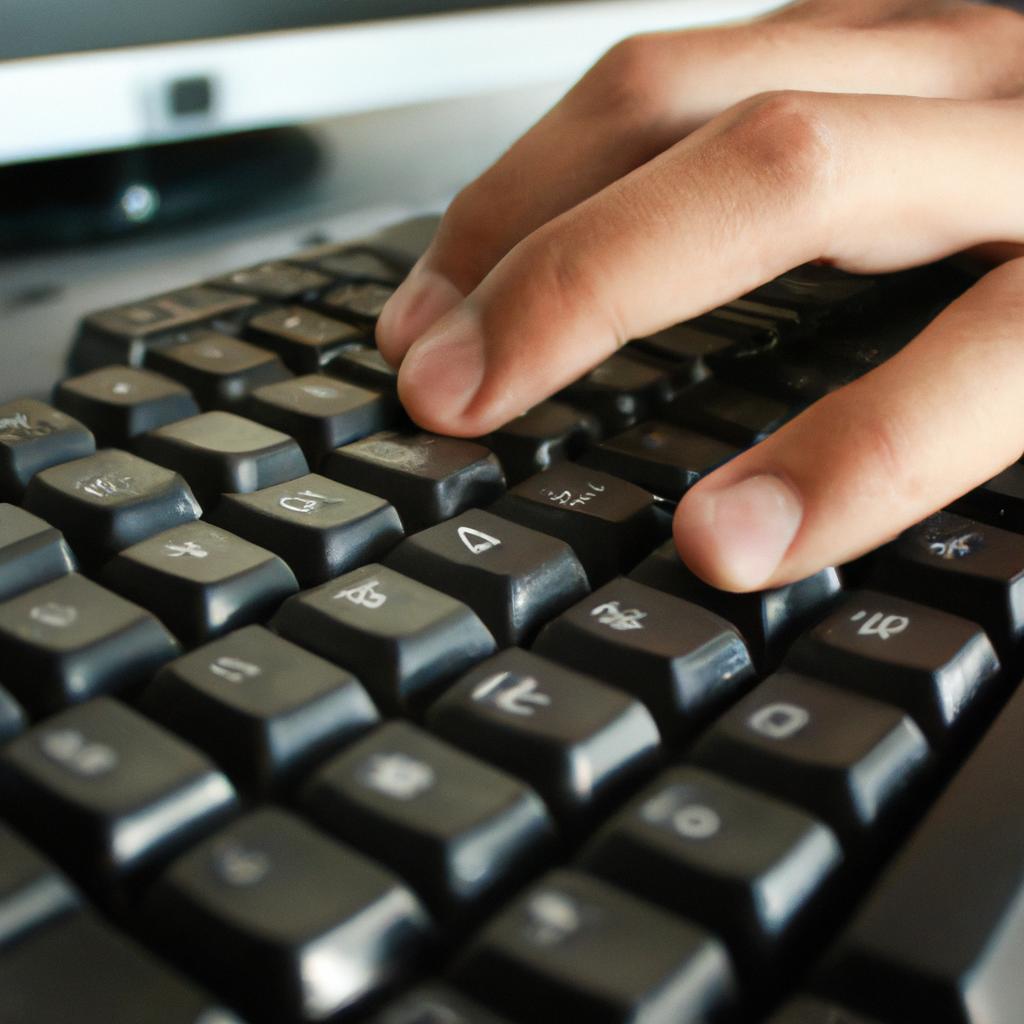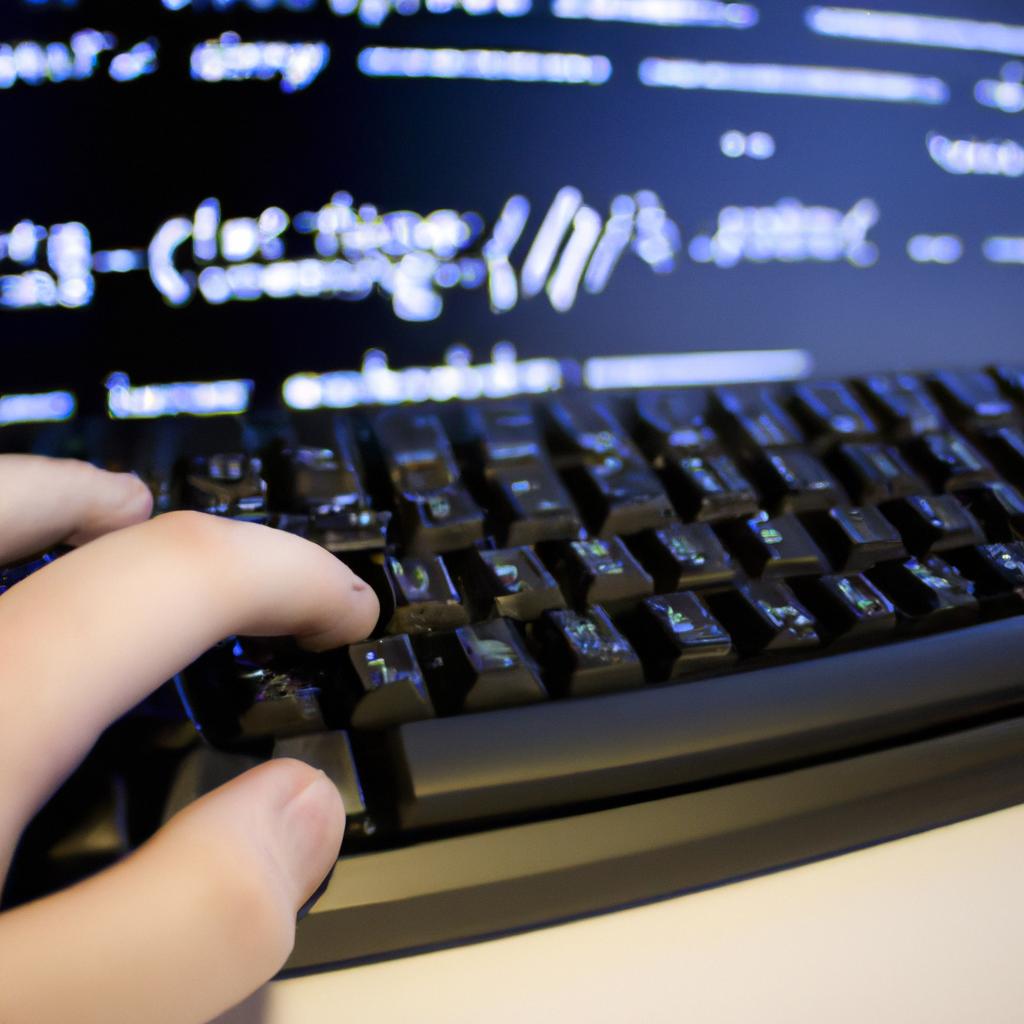Dictionaries are a fundamental data structure in computer science, allowing for the storage and retrieval of key-value pairs. While much attention is often given to accessing keys within dictionaries, understanding how to extract the corresponding values is equally crucial. This article serves as an informational guide on the “values()” method …
Read More »Using get() to Access Dictionary Items: An Informational Guide
Using the get() function to access dictionary items is a crucial aspect of working with dictionaries in programming. This informational guide aims to provide an in-depth understanding of how to effectively utilize the get() method for accessing and retrieving values from dictionaries. By employing this technique, programmers can enhance their …
Read More »Updating Dictionaries: The Essential Guide
In the ever-evolving landscape of language, dictionaries serve as vital tools for capturing and preserving linguistic knowledge. However, with the rapid pace at which new words, meanings, and expressions emerge, it becomes imperative to update these lexical repositories in order to accurately reflect the dynamism of contemporary usage. This article …
Read More »Updating Dictionaries: A Comprehensive Guide
Dictionaries are essential tools for language learners, educators, and researchers alike. They serve as comprehensive references that provide definitions, pronunciations, and usage examples of words in a given language. However, with the ever-evolving nature of languages and the emergence of new vocabulary and meanings, dictionaries need to be regularly updated …
Read More »Update() in Dictionaries:items
The update() method in dictionaries is a crucial tool for modifying the values of existing keys or adding new key-value pairs. This article aims to explore the functionality and applications of the update() method, shedding light on its significance in programming tasks that involve dictionary manipulation. To illustrate its practicality, …
Read More »Setdefault() in Dictionaries: Items
Dictionaries are a fundamental data structure in Python, allowing for efficient storage and retrieval of key-value pairs. One commonly used method when working with dictionaries is the “setdefault()” function, particularly when dealing with items within dictionaries. This article aims to explore the functionality and applications of “setdefault()” in relation to …
Read More »Popitem() in Dictionaries: An Informative Guide
Dictionaries are a fundamental data structure in computer programming, providing an efficient way to store and retrieve key-value pairs. Among the various built-in methods available for dictionaries, one particularly useful method is popitem(). In this informative guide, we will explore the functionality and applications of popitem() in dictionaries, shedding light …
Read More »Items: The Basics of Dictionaries
Dictionaries, a fundamental data structure in computer programming, hold an essential role in storing and retrieving key-value pairs. Similar to how a traditional dictionary contains words and their corresponding definitions, dictionaries in programming provide a means of associating values with unique identifiers or keys. For instance, imagine a scenario where …
Read More »Dictionaries: Updating Pop(key default) in Context of Pop
Dictionaries are an essential data structure in computer science, allowing the storage and retrieval of key-value pairs. One common operation performed on dictionaries is the removal of a specific key along with its corresponding value. The Python programming language provides the pop() method for this purpose, which allows users to …
Read More »Dictionaries: Setdefault(key default) for Updating
Dictionaries are a fundamental data structure in computer science, providing an efficient way to store and retrieve key-value pairs. One important operation when working with dictionaries is updating the value associated with a given key. Traditionally, programmers have used the assignment operator (=) to update values in dictionaries. However, Python …
Read More »Deepcopy() for Dictionary Updating: An Informational Guide
The process of updating dictionaries in Python can often prove to be a challenging task, particularly when it comes to ensuring the integrity and immutability of the original data structure. One common approach to overcome this challenge is through the use of the deepcopy() function, which provides a mechanism for …
Read More »Copy() for Efficient Dictionary Updating: A Brief Guide
Updating dictionaries efficiently is a crucial task in computer programming, particularly when dealing with large datasets. One commonly used method for dictionary updating is the copy() function, which allows for creating copies of existing dictionaries without altering their original values. This article aims to provide a brief guide on how …
Read More »Clear() in Dictionaries: An Informational Article
Clear() is a fundamental method in the Python programming language that allows developers to remove all key-value pairs from a dictionary. This article aims to provide an in-depth understanding of the Clear() method, discussing its functionality, implementation, and potential use cases. By exploring this topic, readers will gain valuable insights …
Read More » Its Mardan
Its Mardan












